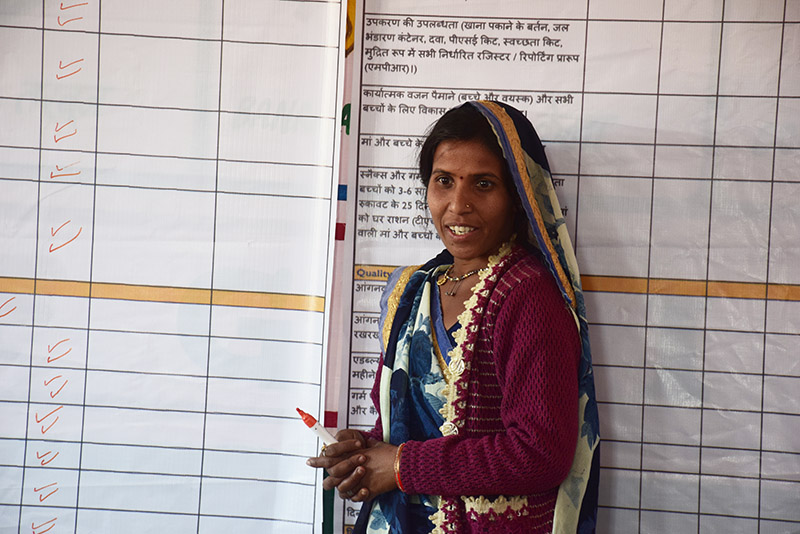Estimated read time: Five minutes
Ever feel like government doesn’t listen to your voice, your concerns, your problems? You’re not alone. It’s easy to get discouraged and downright disillusioned with government and politics these days. It’s tempting to throw your hands up and say “what’s the use?”
But there is hope. We at World Vision believe that there is enormous power when ordinary people of faith band together to raise their voices on behalf of children, and together we’ve seen some amazing successes. World Vision advocates and donors here in the U.S. have joined their voices to pass legislation to protect children from sex trafficking, provide HIV/AIDS relief, provide clean water for the world, ensure global food security, and fight off massive cuts to life-saving U.S. foreign assistance programs. Thank you!
Advocacy around the world
But what about other parts of the world? Do governments listen to ordinary citizens in developing countries, where financial resources are scarce and political processes less transparent? Do people in, say, Bangladesh have the opportunity to voice their concerns about their daily lives to the officials they elect to represent them? The answer, thanks to an innovative approach by World Vision, is a resounding (and perhaps a little surprising) “YES.”
The approach is called Citizen Voice and Action, or CVA, and it is creating impressive results in countries all around the globe, especially during this time of COVID-19. From Romania to Rwanda, from Kenya to Kosovo, Citizen Voice and Action is World Vision’s model of Social Accountability.
Social accountability: A process of constructive engagement between citizens and government to check the conduct and performance of public officials, politicians, and service providers as they use public resources to deliver services, improve community welfare, and protect people’s rights. (ANSA-EAP)
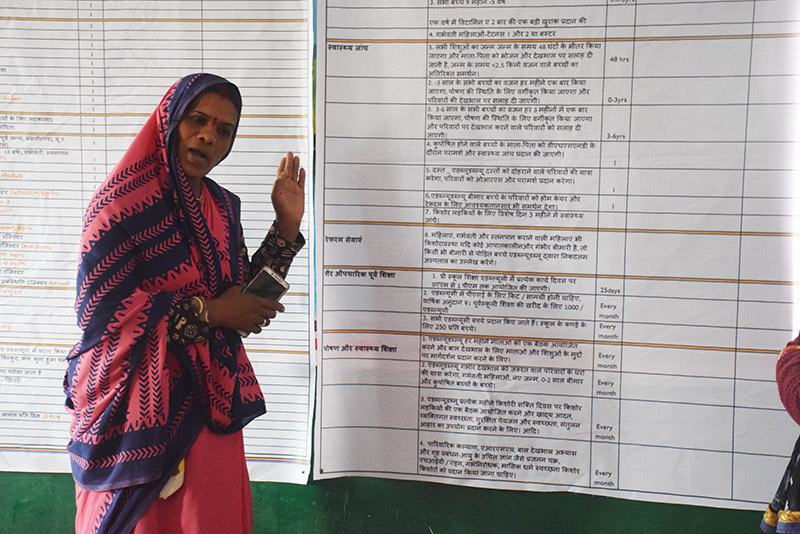
How it works
The basic idea of CVA is that helping people — whether that’s saving the lives of children under five, helping mothers survive pregnancy, or helping kids get a good education — is not about simply bringing services to them. It’s about helping families and communities develop the ability to bring those services to themselves. How? By holding service providers accountable for the effective delivery of the services they already promised to provide in national policies and standards.
Most countries have signed commitments to provide access to essential services like basic health care and education, and have enacted some form of constitutional guarantees in these areas. They are “rights” to all citizens. But in many countries the vast majority of the population does not even know about these rights or how to go about ensuring them.
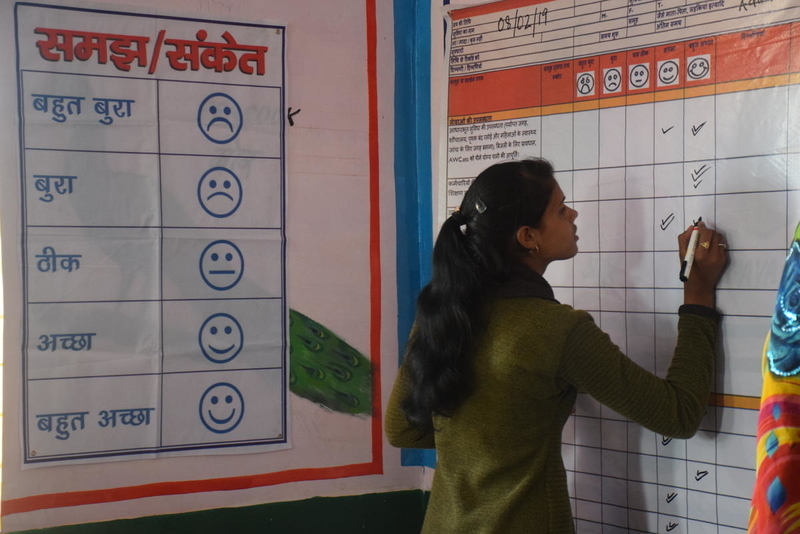
That’s where CVA comes in. CVA is a process of informing, educating, and organizing a dialogue between local communities and their governments to attain the services they have a legal right to. Former World Vision Senior Director of Education and Lifeskills, Linda Hiebert, describes CVA as a dialogue between parents and children and their local officials:
“Let’s say that the teachers are not showing up in the school on time, or teachers aren’t showing up on Friday, or there are no reading materials in the school,” Hiebert said in an interview with EdTalks. “Parents can raise those concerns and voice those concerns. And then we also ask teachers, how do you find the school? Then we ask the administrators, is there something about the school that you would do better? And then we have a dialogue between the parents, the teachers, the administrators, and the school management committees. And we work together then and develop a plan of action.”
The key word here is “dialogue.” You’re not likely to see CVA members marching with signs or screaming at government officials. Much more likely you’ll see community members sitting in meetings, talking with each other, listening and learning, and sharing their own opinions about how to improve service delivery. You’ll see them calmly sitting with government officials asking them for their input, sharing data, discussing ideas, and, most importantly, setting the schedule for their next meeting.
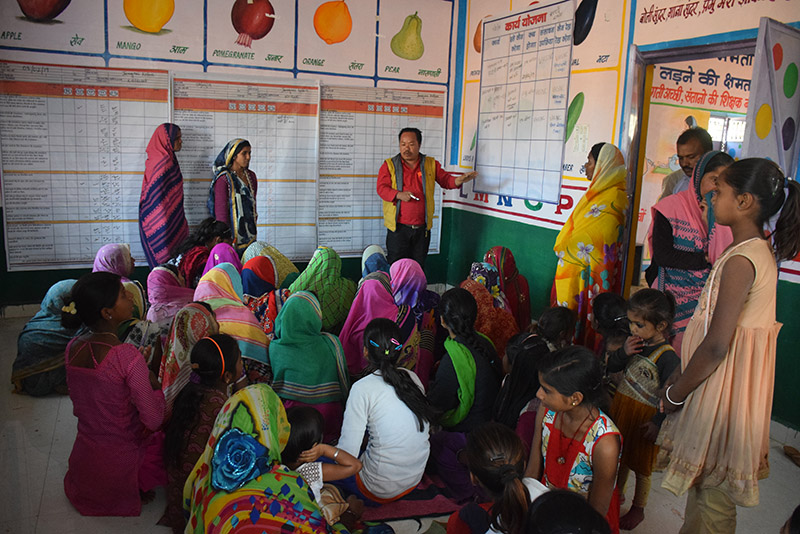
What CVA looks like in practice
CVA consists of three basic elements:
- Enabling Citizen Engagement
- Engaging via Community Gathering
- Improving Services and Influencing Policy
In the first part of CVA citizens learn about their basic human rights and how these rights are expressed under local law. During this process, World Vision helps prepare the community, facilitates sessions, and assists in making contacts.
Next comes the critical “Community Gathering” phase. This is where parents, children, teachers, health workers, and local officials come together to compare the “reality” in the community with the government’s own standards. For example, this is where children can actually “grade” the quality of their classrooms, books, and materials, or where parents can rate the quality of the local health clinics and the availability of drugs. It is an empowering and eye-opening process that gives voice to the entire community, not just a few selected leaders.
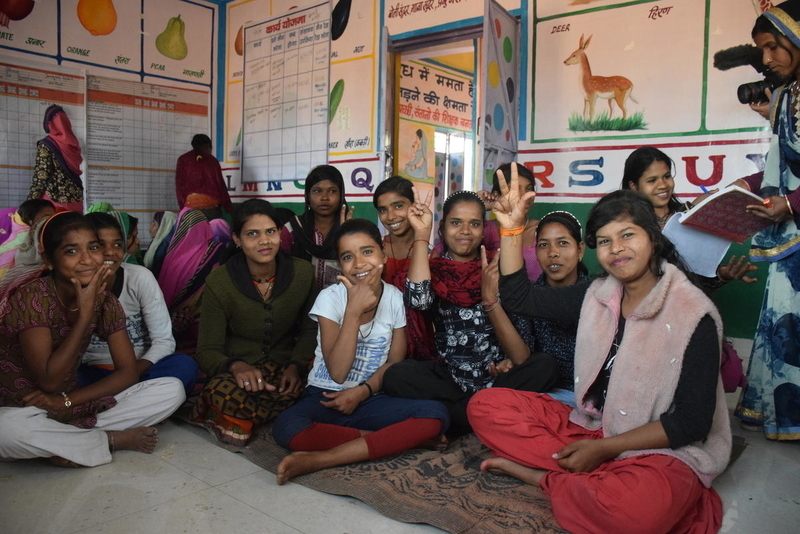
Finally, in the last phase communities work together with other stakeholders to influence the decision makers to take concrete steps to improve the well-being of children and their families. It is the final critical link in the chain of accountability.
And it works! Evidence is pouring in from all over the world about how effective CVA is at making life better for children. In Uganda more teachers are being hired and placed in schools resulting in reduced class sizes which has led to better test scores. Also in Uganda, pregnant women are now receiving better pre- and ante-natal care, and more medicines are available at the local clinics.
All of these outcomes were achieved not by pouring more money into providing services, but rather by simply doing the patient, diligent work of advocacy – creating awareness, facilitating dialogue, building relationships, and walking alongside communities.
It’s easy to get cynical about a government that doesn’t seem to listen to its citizens. Thankfully, we are working to change all that. In the U.S., World Vision makes it easier than ever to use your voice for change, and through Citizen Voice and Action, not only are governments listening, they’re actually doing something to create “life in all its fullness” for every child.
Join the Online Advocate Network:
Sign up for weekly emails and we’ll keep you updated with weekly actions you can take for justice:
Top photo: Rani, 26, is a health volunteer working for the Sagar Health project in India. As part of the CVA project in her community, Ravi explains the “rating” system to women and girls gathered at the local community health clinic where they rate the various services. She said that she has seen a real improvement in the health as a result of the project. “I have noticed that there are fewer deaths among mothers and children,” she says. “People now know the importance of cleanliness and are using toilets.” (©2019 World Vision/photo by Neola D’Souza)


